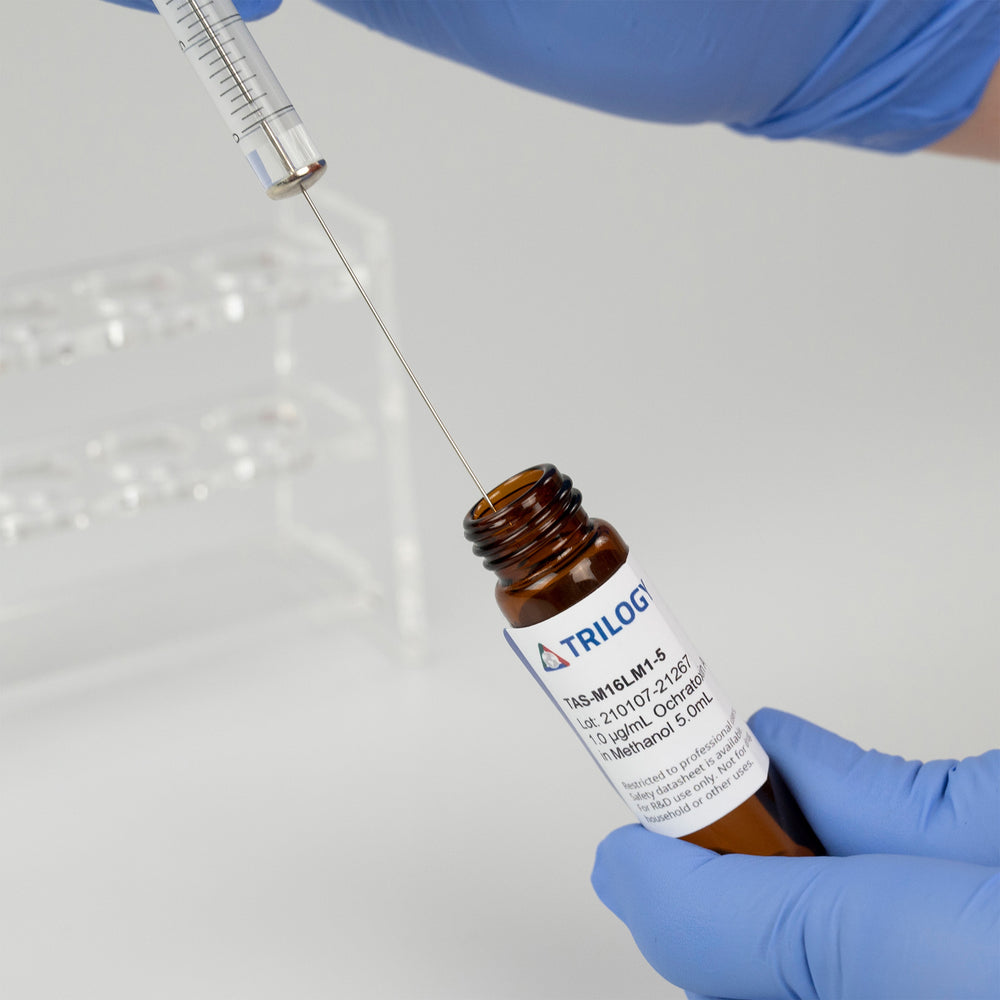Fumonisins in Horse Feed
Wendy Straatmann
August 29, 2017

When it comes to mycotoxins, one of the main concerns is their unavoidable invasion into the animal feed supply. When present in feed, these toxins can cause a slew of serious health problems for animals. For horses, fumonisins found in their feed are the most frequent cause for alarm. Fumonisins are harmful mycotoxins produced as secondary compounds by specific molds in soils and grains when certain environmental moisture levels are present during maturation. Fumonisins are one of the most likely mycotoxins to be seen in corn or corn by-products. When corn kernels are infected by F. verticillioides or Fusarium proliferatum, fumonisin contamination can follow.
Horses are extremely sensitive to fumonisin toxicity. Feeding horses fumonisin-contaminated feed can lead to equine leukoencephalomalacia, also referred to as “moldy corn poisoning.” This condition is characterized by complications of the brain, muscles, and heart. Symptoms include hyper-excitability, aimless circling, and even blindness. If horses have been exposed to fumonisins and contracted “moldy corn poisoning,” symptoms are usually seen within 7 to 35 days. Horses typically do not recover from this condition, and most die from it. Other animals such as cattle and poultry are less susceptible to fumonisins, although fumonisin contamination is always a concern. The FDA advises that the exposure guideline for total fumonisins (B1 + B2 + B3) is 5 ppm (no more than 20% of diet) for horses, while the FDA guidelines for nonbreeding cattle and poultry are 60 ppm (no more than 50% of diet) and 100 ppm (no more than 50% of diet), respectively.

No effective treatment for “moldy corn” is available for horses, so avoidance of fumonisin-contaminated corn in feed is the best prevention plan. In order to curb the risk of fumonisin contamination, corn must be harvested at the appropriate time and should be dried within 24 hours of harvest, and moisture levels must be monitored during storage. Identifying fumonisin contamination based on the appearance of corn kernels proves difficult. Most of the fumonisins in contaminated feed are located in broken or misshaped kernels, but it can be very difficult to identify the toxin, particularly in a mixed grain horse feed, because corn with no obvious signs of mold growth may still contain fumonisins.
The best way to avoid feeding horses fumonisin-contaminated grains is to test the grain if you are not certain the feed has not already been screened for mycotoxins (including fumonisins). Trilogy Analytical Laboratory performs fumonisin analysis, as well as analysis of several other mycotoxins of concern. Learn more about our mycotoxin screening services, or contact us if you have questions about testing.
About Trilogy
Trilogy is a food and feed safety laboratory specializing in mycotoxins, mycotoxin binder analysis, biogenic amines and animal drug residue testing. Trilogy Analytical Laboratory opened its doors in 1999 when its founders recognized a need in the mycotoxin industry for quick result turn-around utilizing reliable reference methods provided in an analytical setting. One of the main pillars of Trilogy’s strategy is to operate using a comprehensive quality program that we can rely on to ensure performance parameters are met every single time. From this philosophy the Trilogy line of quality products was born with the mycotoxin industry in mind.
Media Contact: Lynette Hischier, l.hischier@trilogylab.com






